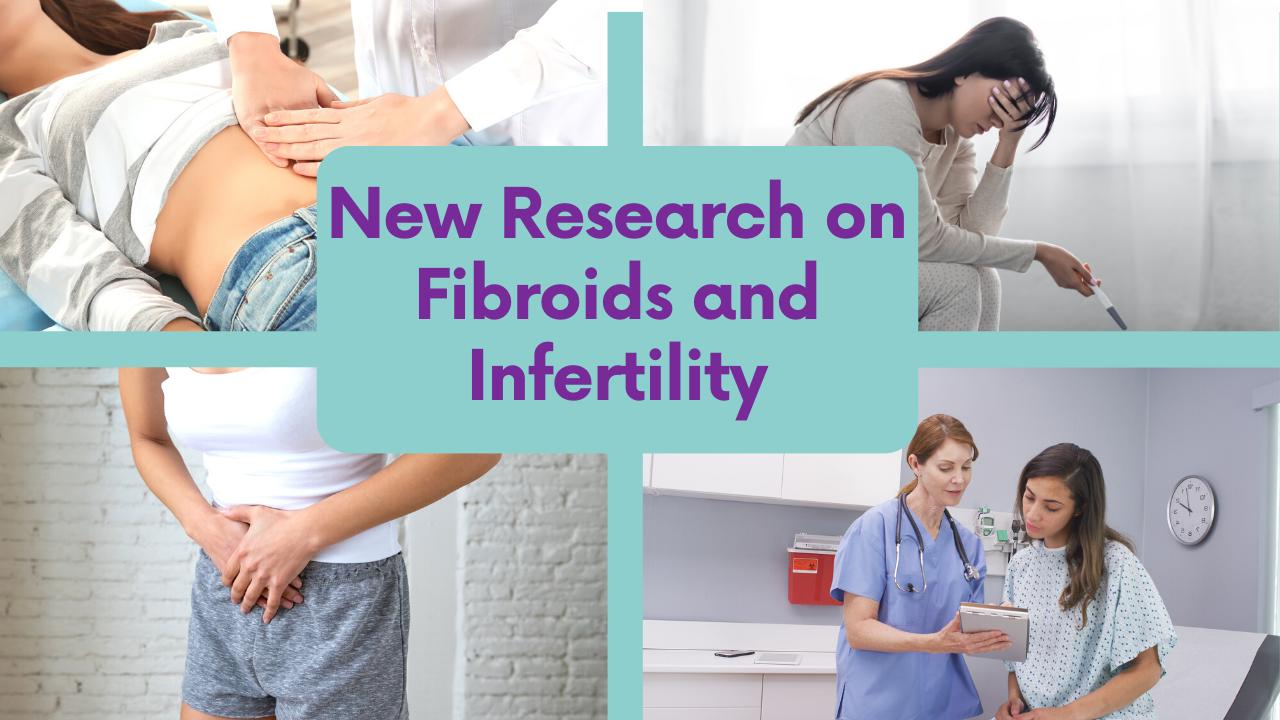
New Study Reveals Fibroid Types May Be Linked to Infertility
New research has found evidence that uterine fibroids can hinder the process of conception and carrying a pregnancy to full term. According to the National Institutes of Health, nearly 26 million American women between 15 and 50 developed uterine fibroids. Uterine fibroids, benign tumors, are usually found in or around the uterus and sometimes near the cervix.
Learn more about how different kinds of fibroids can affect fertility and how you can increase your chances of pregnancy and maintain a healthy one.
What We Know About Fibroids
Fibroids can vary in size, location, quantity, and ability to display symptoms. These fibroids are categorized and grouped according to their body positioning. Based on their location, they are generally classified into the following four groups:
- Cervical (in the cervix)
- Submucosal (extending into the uterine cavity)
- Subserosal (bulging outward from the uterus)
- Intramural (within the muscle of the uterine wall)
According to Yan Katsnelson, M.D., Founder of Fibroid Fighters, fibroids can cause both infertility — preventing successful conception or implantation — or lead to an early miscarriage depending on where they have developed. Fibroid growth inside the uterus can stop successful pregnancy implantation while the ones growing nearby can block the fallopian tube, preventing the fertilized egg from entering the uterus1.
What Research Says About Fibroids and Fertility
In a 2021 study published in the scientific journal Diagnostics, researchers collected evidence from nine different fibroid/fertility studies and organized the data based on where the fibroids were located.
Their data showed that the location of a fibroid might be one of the causes for women being unable to conceive or carry the pregnancy to full term.
Out of the four types of fibroids, only the fibroids that interfered with the shape of the uterine cavity, that is, the intramural and submucosal fibroids, were seen to be linked with lower pregnancy rates.
The findings also indicated, however, that removing the fibroids can improve someone’s chances of getting pregnant and safely carrying and delivering the baby.
What It Means
As the evidence suggests, having fibroids inside or alongside the uterus is more likely to result in difficulty conceiving or miscarriage. The reasons for this, are not completely clear, but experts suspect it may be a combination of multiple factors, including:
- Increased contractions of the uterus,
- Abnormal blood vessel development
- Chronic inflammation
If there is even a slight suspicion of uterine fibroids, it is best to consult a doctor and acquire a proper medical diagnosis. The reason being, a lot of symptoms for other conditions mirror those caused by fibroids. Doctors use various methods to diagnose the presence of fibroids depending on your medical history and symptoms which include:
- Pelvic exam – Doctors are often able to feel an enlarged or misshapen uterus which may be a sign of fibroids
- Ultrasound – If fibroids are suspected, this is usually the first — and sometimes only — imaging test ordered
- MRI – for a detailed review, this imaging exam is conducted to see the size, quantity, and location of fibroids.
- Hysterosonography – This test — also called a saline infusion sonogram — can be used to expand the uterine cavity for a better look inside
- Hysteroscopy – Less commonly used, this surgical procedure is performed to see directly into the uterine cavity
If you feel that fibroids may be a cause for infertility, consult your doctor to devise treatment plans based on the size and location of the fibroids. There are multiple surgical and non-surgical options to deal with fibroids such as:
- Uterine Fibroid Embolization – a minimally invasive, non-surgical treatment with a less than 2 weeks expected recovery time.
- Hysterectomy – a major invasive surgery that fully or partially removes the uterus which requires a longer recovery period.
- Myomectomy – an invasive surgery that removes the tumors
- Endometrial Ablation – an invasive surgical procedure to remove the endometrial lining
- Laparoscopic procedures
- Hormonal Medications
Knowing that locations of your fibroids may be affecting conception can help guide you and your healthcare provider in choosing the best treatment to help you achieve your pregnancy goals and live a healthy, pain-free life. Schedule an appointment to consult a specialist if you experience any symptoms.
Uterine Fibroids and Infertility, National Library of Medicine, 2021https://www.ncbi.nlm.nih.gov/pmc/articles/PMC8391505/



